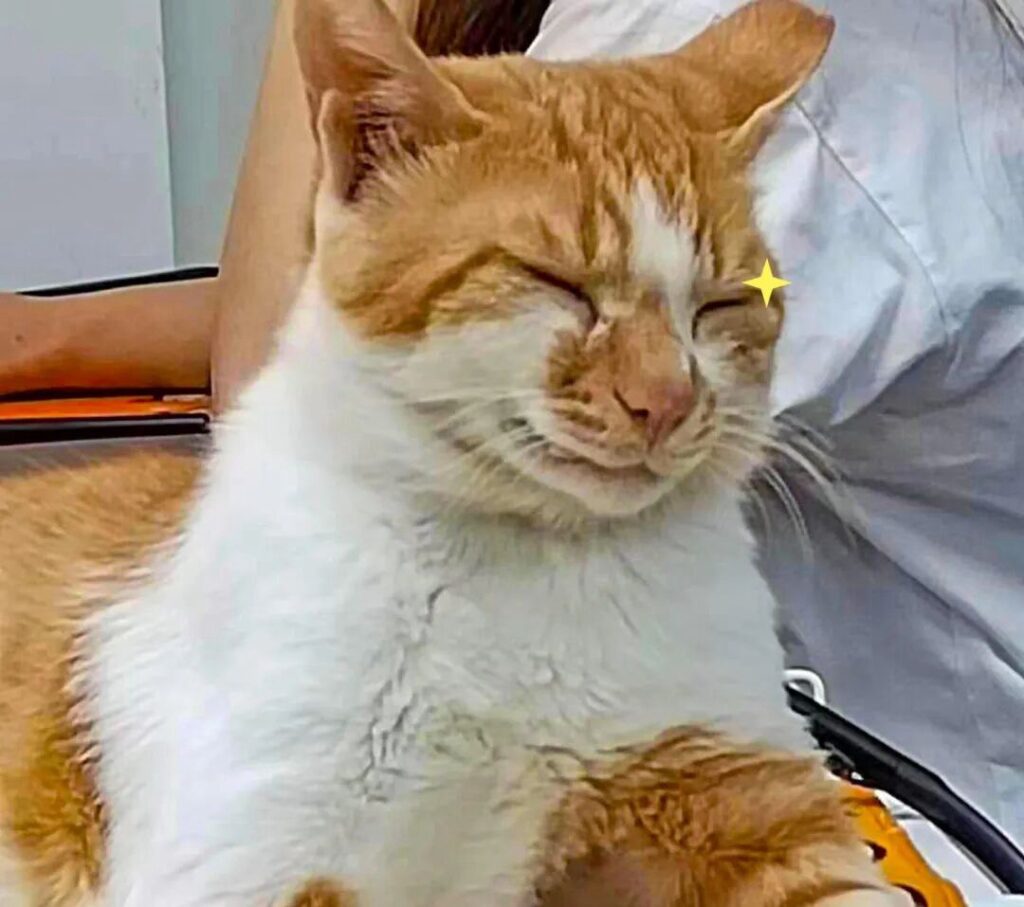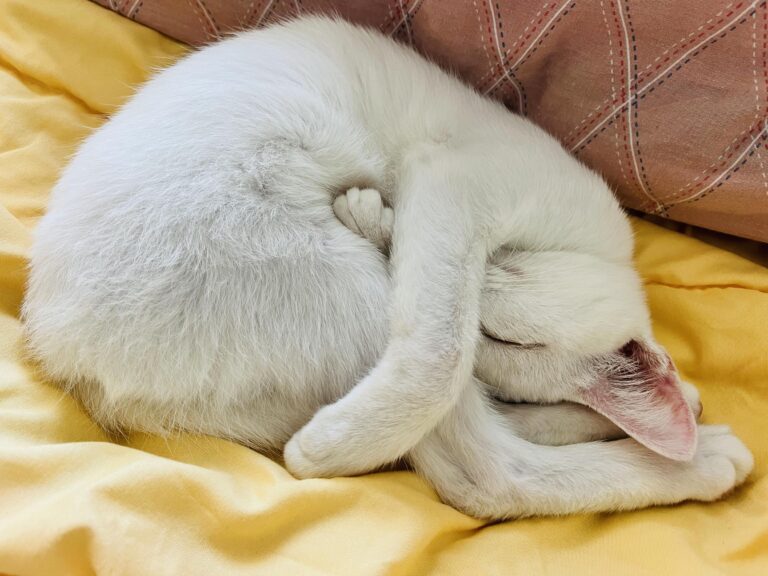Will a stray cat miss their life outdoors when they get adopted?
I always see a stray cat on my way home from get off work, and I’ve been hesitating about whether to adopt it.
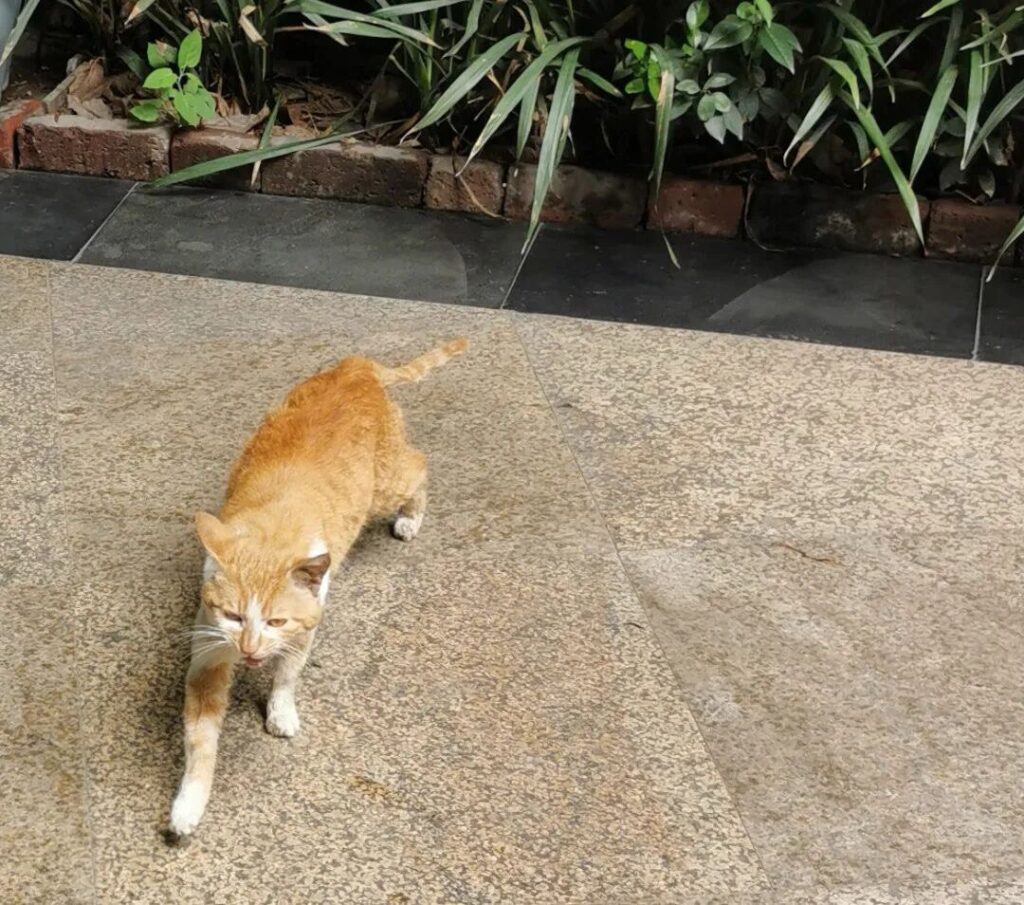
Is it really for the good of a cat that’s used to being outdoors to be brought indoors?
Does such a plump and healthy cat really need to be adopted?
Will a stray cat, once adopted, still long for the outside world?…
Stray or Adopted: What’s the Best Way to Care for a Cat?
In most cases, keeping a cat indoors is much safer for it!
First, indoor cats have a significantly lower risk of environmental harm. For example, car accidents, aggressive dogs or other predators, and humans who might harm the cat (though this is rare).
Second, the risk of contracting parasites and infectious diseases is also much lower. For example, feline leukemia, feline immunodeficiency virus, rabies, and coronavirus.
Studies show that urban cats living outdoors have an average lifespan of less than 2 years, while indoor cats have an average lifespan of over 15 years.
However, there are indeed some cats (wildcats) that are perfectly adapted to living alone and are not suitable for adoption indoors.
Of course, adopting a stray cat not only provides the cat with an extra layer of protection, but also brings more additional responsibilities to the owner.
The owner needs to spend more time and energy ensuring the cat’s health while satisfying its natural instincts and keeping it happy.
What changes occur when a cat moves into a new home?
Cats that have always lived outdoors, or have been living outdoors for a long time, may experience an adjustment period after moving in, particularly in terms of eating, drinking, and litter box adjustments.
Cat owners should be aware of these environmental changes and encourage and guide their cats to adapt, respecting and fulfilling their natural instincts as much as possible:
Climbing and Scratching
Before adoption: Enjoyed climbing on rooftops and trees, and scratching on tree trunks.
After adoption: Requires vertical or angled scratching posts and elevated spaces.
Adjustment Period: May scratch the sofa and climb curtains.
Water
Before adoption: Searched for clean water sources, preferably running water.
After adoption: Used different water bowls, tried different running water.
Adjustment period: May prefer running water from the sink or toilet.
Food
Before adoption: Meals were irregular, requiring the cat to hunt or find its own food.
After adoption: Meals are provided clearly and consistently.
Adjustment period: May exhibit two extremes: loss of appetite for cat food and canned food, rummaging through trash and eating human food; or uncontrollable overeating of cat food, easily becoming obese.
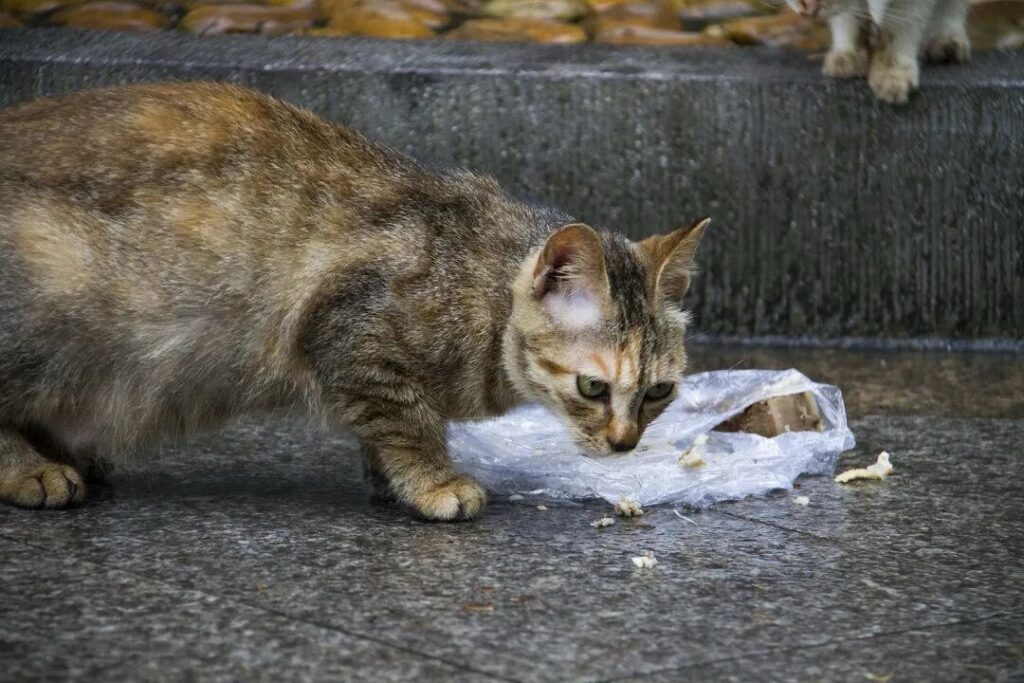
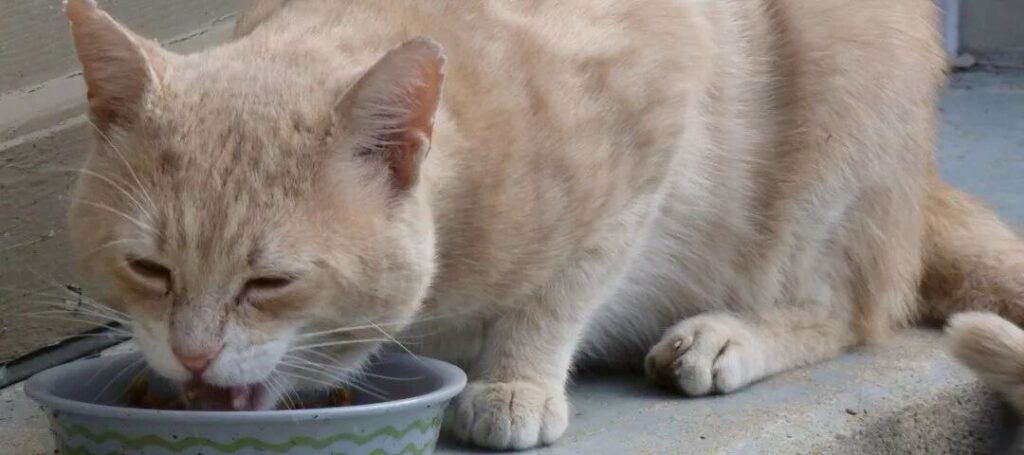
Excretion
Before adoption: Find a clean, sandy spot, and bury the litter immediately after use.
After adoption: Use a designated litter box with litter that may not feel comfortable underfoot.
Adjustment period: Sofa, blankets… (Most likely due to not adapting to the litter, or feeling the litter box isn’t clean enough).
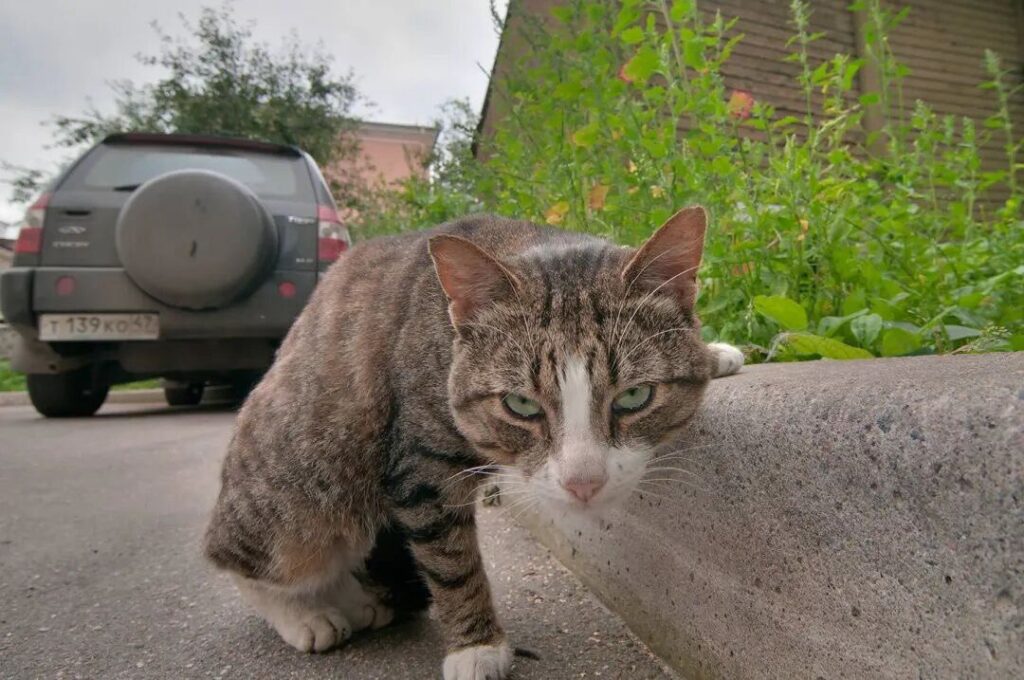
Hunting
Most cat owners meticulously consider food, water, excretion, and even environmental noise and temperature; however, their cats’ hunting, playing, and exploration needs should not be overlooked.
How to ensure your cat’s hunting instincts are satisfied?
From a cat’s physiological needs perspective, rather than saying a cat “might yearn for the outside world,” it’s more accurate to say that its physiological needs, exemplified by its hunting instincts, are being met.
Hunting instincts are unrelated to whether or not a cat is well-fed. Even if a cat has plenty of food and water, it still needs to find satisfaction by listening for subtle sounds, recognizing different scents, and practicing hunting skills such as climbing, jumping, pouncing, biting, and hiding.
So, how can cat owners ensure their cats have a fulfilling day?
Ensure playtime
A cat’s success rate in hunting in the wild under natural conditions is only 1 in 10. This means that for every successful hunt, there are nine “hunting practice sessions,” which is what cat owners perceive as playtime.
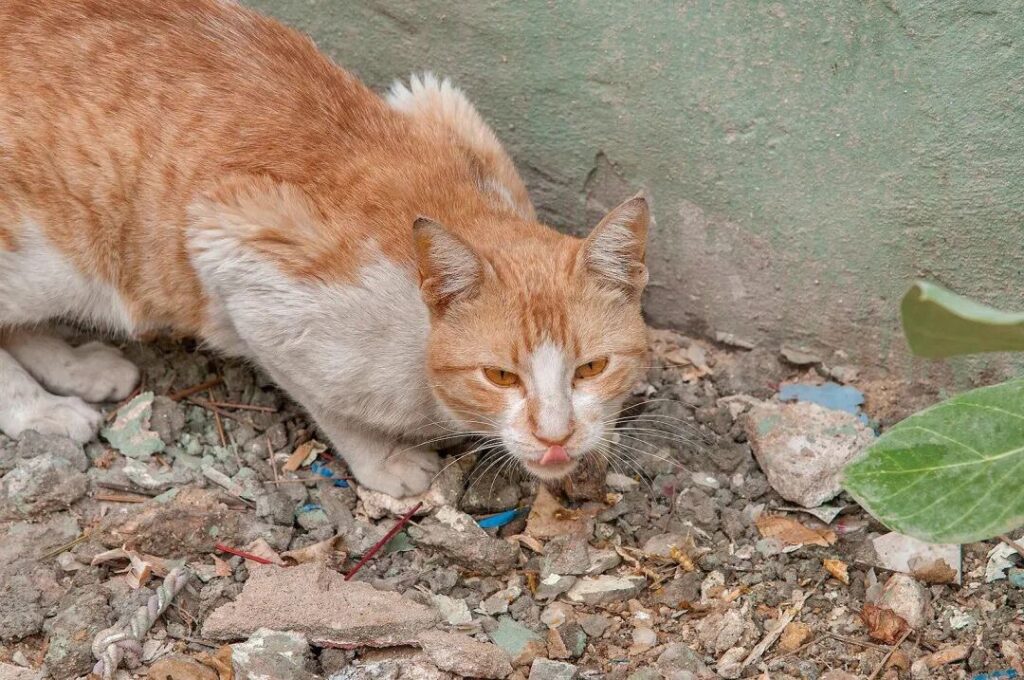
Stray cats living in cities, whose main diet consists of mice, hunt an average of 8-10 times a day, with some even hunting up to 30 times per day.
On average, a cat’s total hunting and foraging time spans several hours each day.
Mimicking Different Prey
A cat’s diet is not monotonous; they are naturally alert to various objects resembling mice, rabbits, birds, and even snakes.

Cats that have experienced being strays usually have a more varied diet.
Therefore, when choosing toys, cats’ prey—in other words, their toys—can mimic different animal forms.
Climbing is also part of the hunting process.
In terms of space requirements, cats prioritize vertical space over horizontal space.
This need is even more acute for cats that have experienced outdoor living, such as basking on rooftops or taking naps in trees.

A raised platform not only provides a sense of security for cats while resting, but also increases their need for vertical space during interactions.
Using Props
While the ideal is to play with and feed your cat in segments throughout the day, that’s just an ideal scenario.
How can you ensure that your feline overlord, working a 996 job, can at least satisfy their hunting instincts, at least in terms of time?
Sometimes, you’ll need to use some props:

Adopting a stray cat inevitably requires more energy and time; gradually adapting the cat to indoor life also requires sufficient patience and care, but there is no doubt that scientific care will improve the cat’s quality of life and extend its lifespan!
